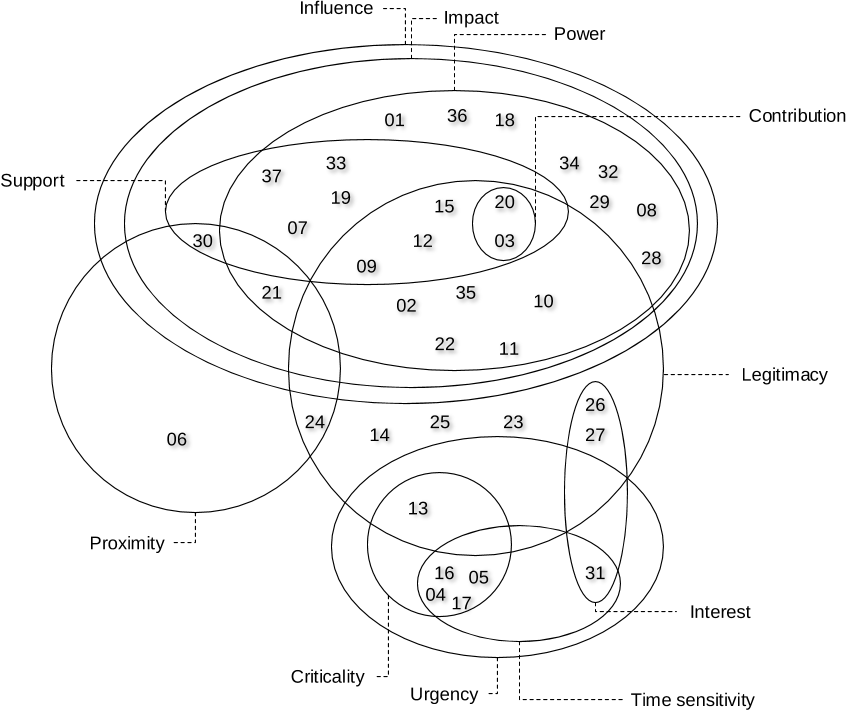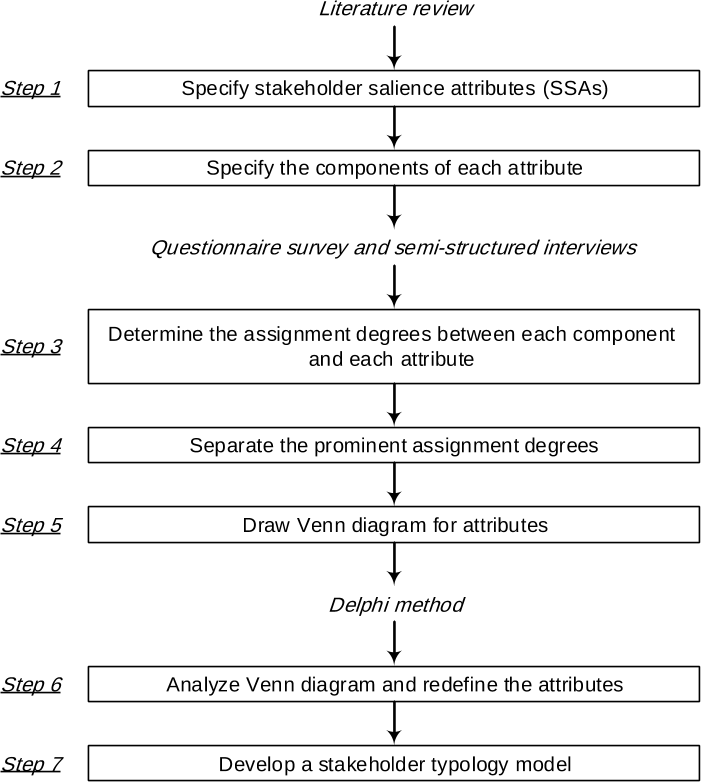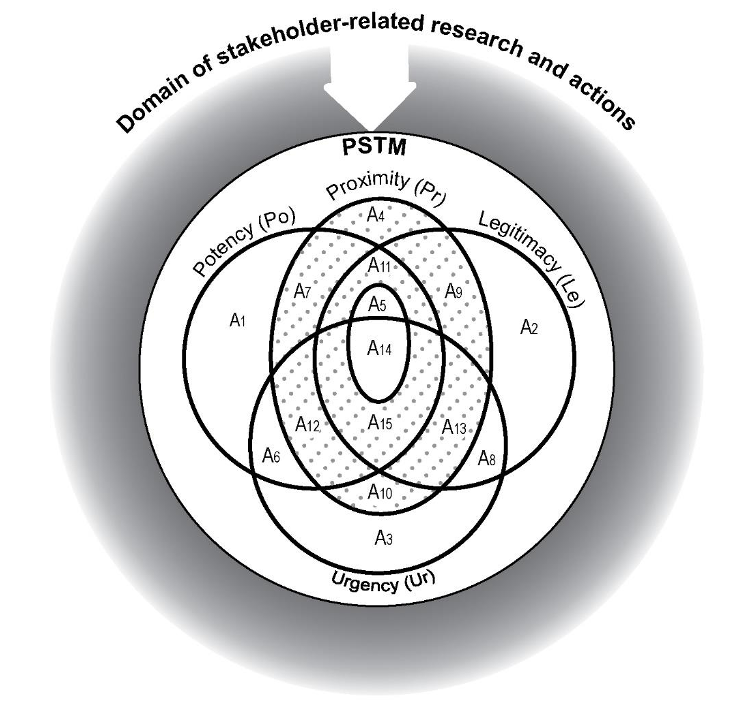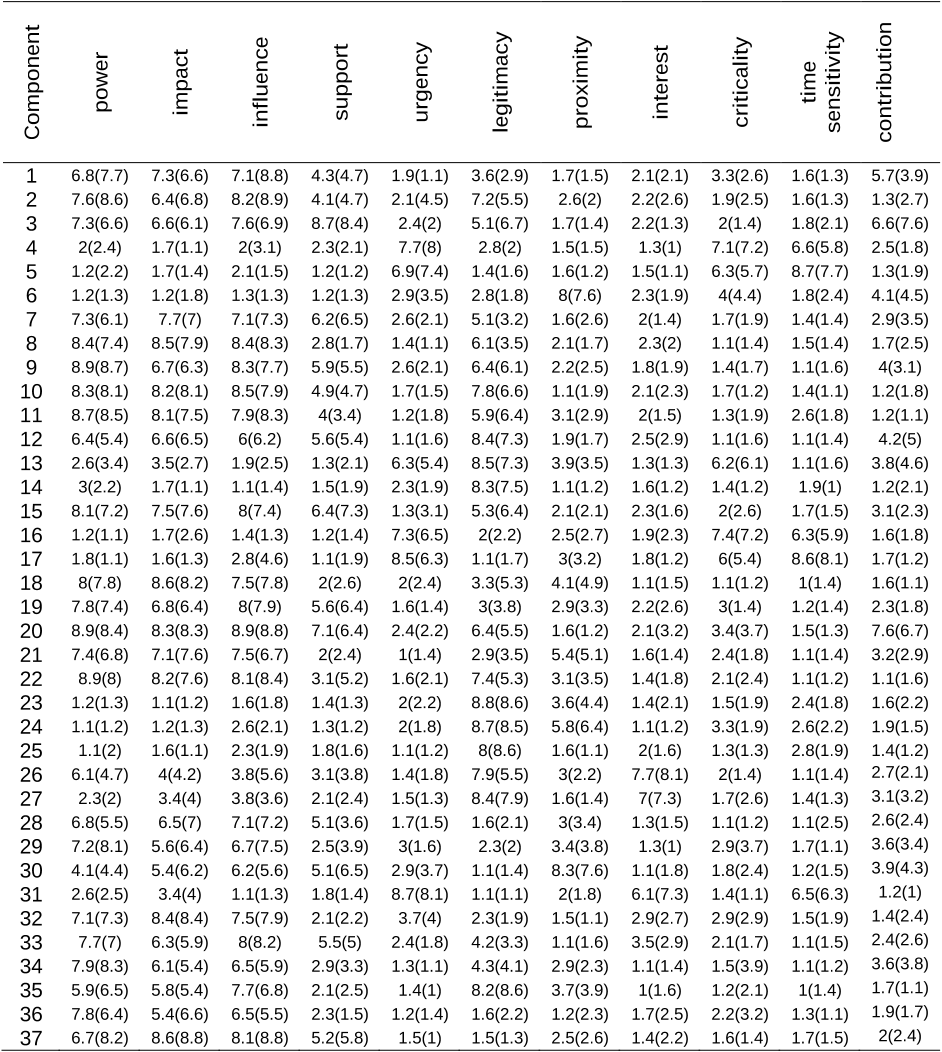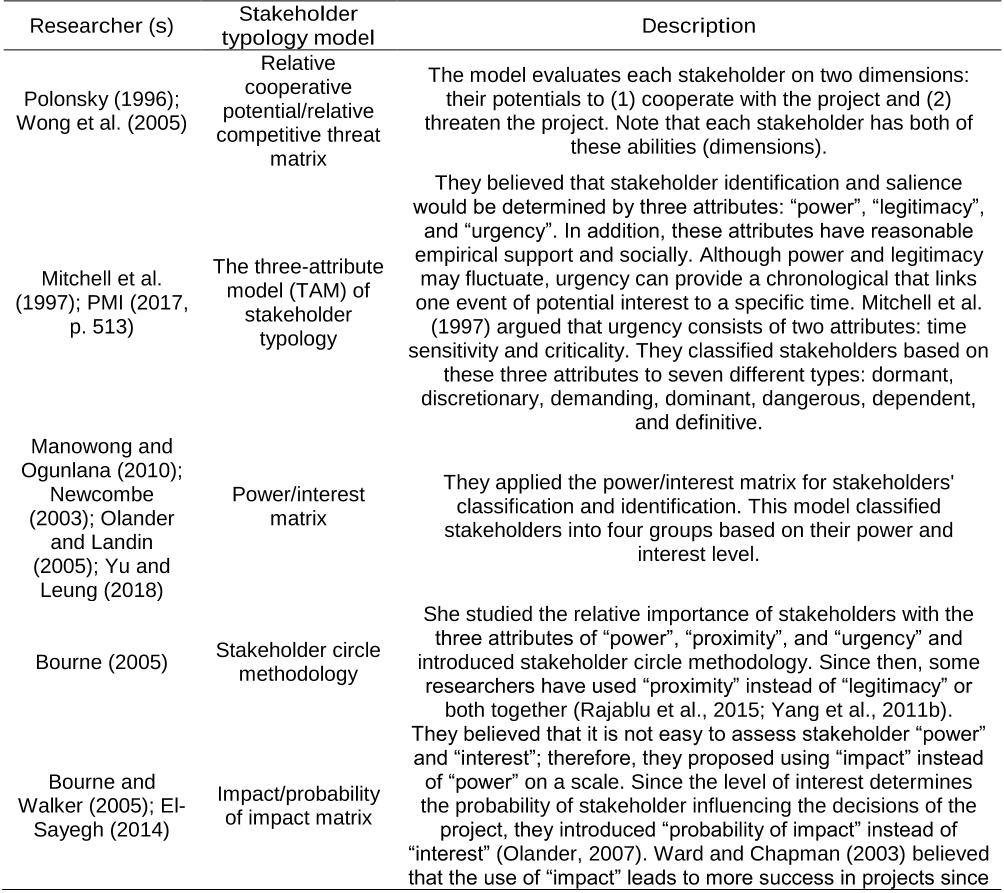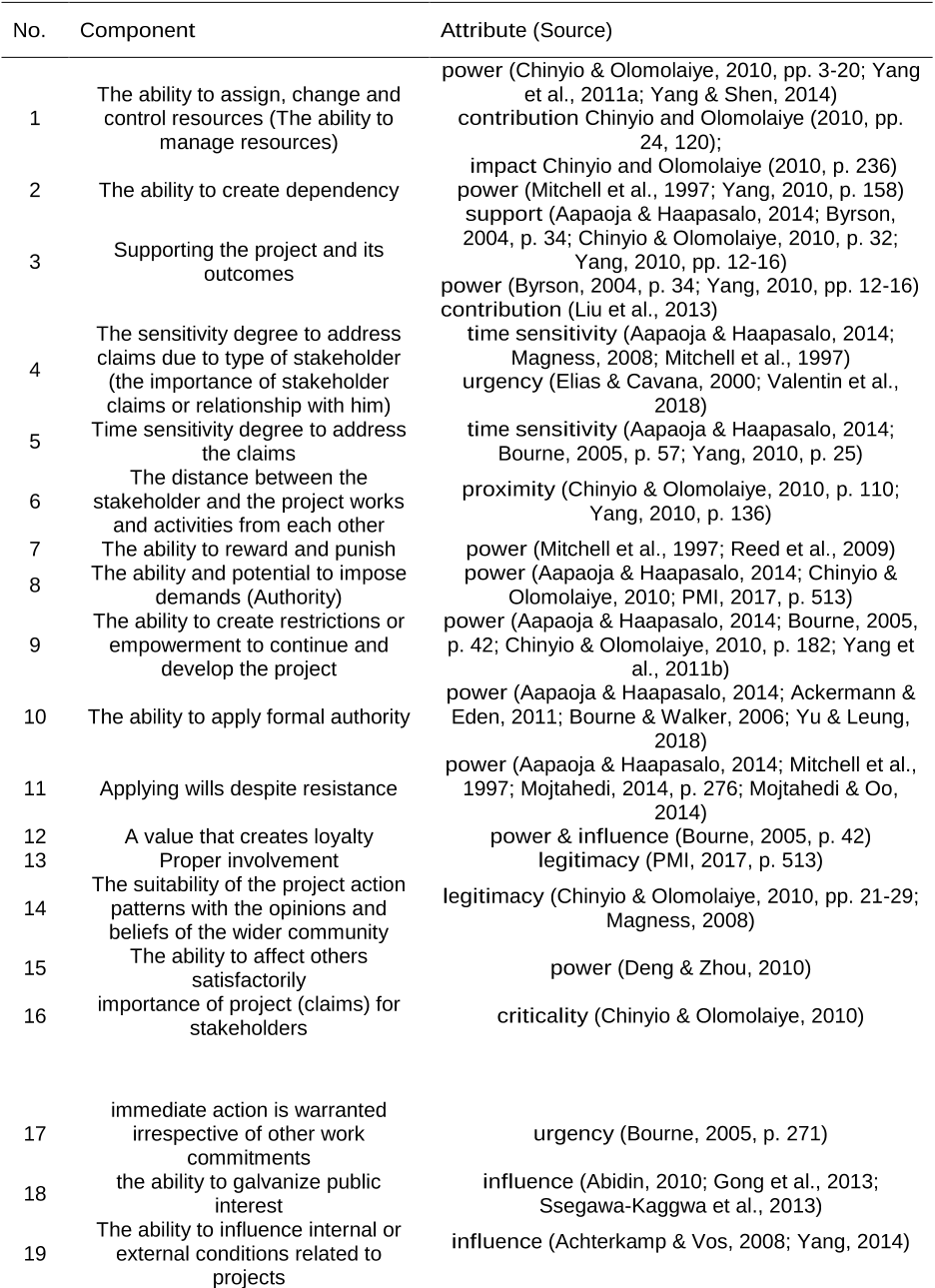Abstract: The present paper analyses how top managers construct the meaning of sustainable human resource management (HRM) and its responsibility areas and how they identify and prioritize stakeholders in sustainable HRM. The empirical data were collected as part of the Finnish HR Barometer inquiry. A qualitative analysis reveals four dimensions of sustainable HRM: Justice and equality, transparent HR practices, profitability, and employee well-being. It also reveals four broader responsibility areas: Legal and ethical, managerial, social, and economic. Contrary to the prior green HRM literature, ecological responsibility was largely ignored. The study also reveals a wide range of stakeholders, specifically, owners, managers, employees, customers, and employee representatives, as well as their special roles and requirements for sustainable HRM. These findings contribute to the literature of sustainable HRM by illustrating the dimensions and broader responsibilities of sustainable HRM as seen by top managers. Their conceptions of sustainable HRM are largely neglected in the prior literature despite their crucial role in legitimating HRM and thus sustainable HRM in companies. These results also contribute to the theory of stakeholder salience (identification and prioritization of stakeholders) in the sustainable HRM context from the viewpoint of top managers.
